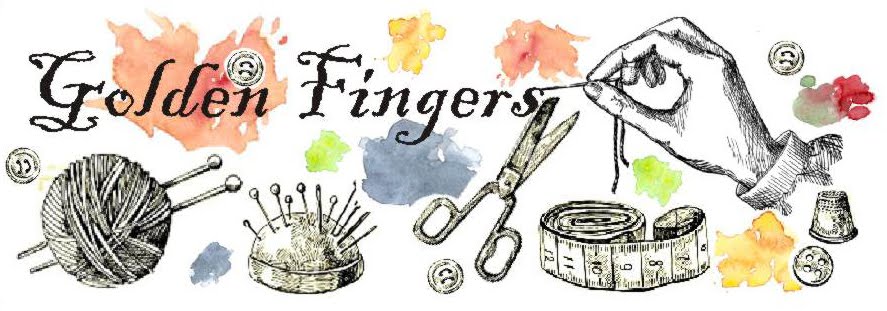You put your new woolen sweater in a washing machine and it shrinks at least 4 sizes? Hmmm... Not a nice thought, but maybe you can learn something new out of it.
The reason why you actually ruined your sweater is simple and amazing. Wool and other animal fibers have scales. When you agitate the fibers with hot water and soap, or heat them and exert pressure, the scales rub together and bond. Nothing can reverse this bonding.
Felting is a process that creates a strong, homogenous structure from wool fibres. Felt is made using moisture and heat or a felting needle. This technique allows you to create clothing and home accessories, decorations, clothing and toys. Felting offers endless craft opportunities and is suitable for beginners and experts alike. Felting can be divided into three techniques:

The reason why you actually ruined your sweater is simple and amazing. Wool and other animal fibers have scales. When you agitate the fibers with hot water and soap, or heat them and exert pressure, the scales rub together and bond. Nothing can reverse this bonding.
Felting is a process that creates a strong, homogenous structure from wool fibres. Felt is made using moisture and heat or a felting needle. This technique allows you to create clothing and home accessories, decorations, clothing and toys. Felting offers endless craft opportunities and is suitable for beginners and experts alike. Felting can be divided into three techniques:
- Felting using moisture and heat
Moisture, heat and friction cause the tiny scales on wool fibres to open up and interlock, bonding to create felt. Arrangement of the wool roving crossways supports this process. Soap serves to speed up the process. Finished felt is strong and homogenous, fibres cannot be pulled out, but it remains soft.
- Nuno felting
Nuno is the Japanese word for fabric, and can be translated as ‘fabric felting’. Moisture, heat and friction cause the wool fibres to interlock while bonding with the fabric. Because the wool fibres that penetrate the fabric acquire durability, even a thin layer of roving can be placed in the fabric. Silk is most commonly used in nuno felting, but this can be replaced with cotton or linen gauze.
- Felting needle
Making felt using dry needle felting a relatively new craft technique that even beginners can do. All that is necessary is a foam backing and a felting needle to shape the wool. Repeatedly poking the needle into clean, brushed wool roving creates strong material. During the process, the individual fibres hook (lock) onto one another (they “felt”), resulting in a stable texture. Dry needle felting is divided into three basic groups: using needle felting appliqué moulds; felting onto polystyrene forms; and creating freeform decorations.

The wool felting is an old technique, well known worldwide. Asian nomad tribes use a felt to make their homes (yurta), also they made rugs and clothing out of felt. In construction business felt is a very popular insulation material. The felt can be used for making shoes, slippers, hats (famous English bowler hat, for example), bags and also small items such as brooches,home decorations...






No comments:
Post a Comment